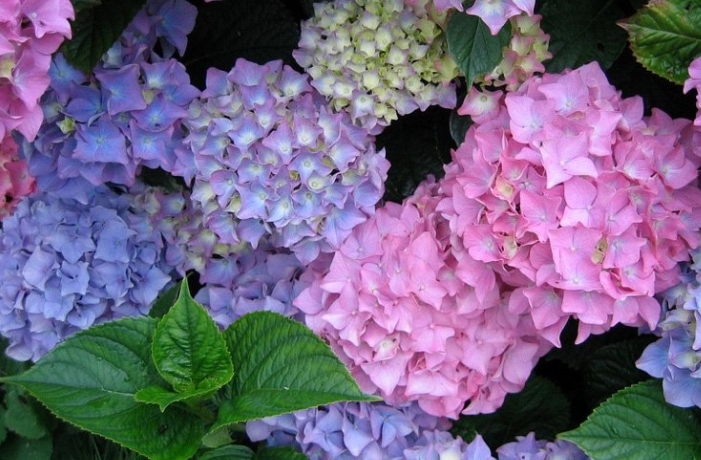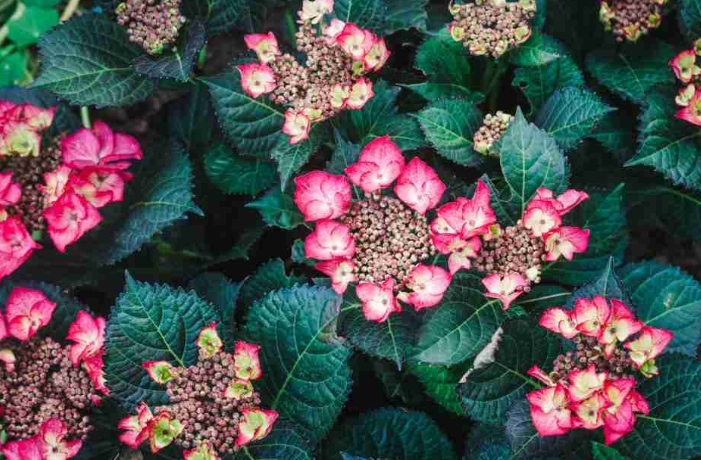In this comprehensive guide, we delve into the captivating world of hydrangeas, exploring their various types and species. Hydrangeas are beloved for their exquisite blooms and diverse appearances. Whether you're an avid gardener or simply admire the beauty of these flowering shrubs, this guide will provide you with a wealth of knowledge about hydrangeas to help you cultivate and appreciate them to the fullest.
Understanding Hydrangea Basics
What Are Hydrangeas?
Hydrangeas are deciduous or evergreen shrubs known for their large, showy flower clusters. They belong to the Hydrangeaceae family and are native to Asia and the Americas. These versatile plants have gained immense popularity in gardens worldwide due to their stunning blooms and ease of cultivation.
Hydrangea Varieties
1. Hydrangea macrophylla - Bigleaf Hydrangea
Bigleaf hydrangeas are famous for their large, round flower heads. They come in various colors, including blue, pink, purple, and white. The flower color largely depends on the soil's pH, making them a fascinating subject for gardening experiments.
2. Hydrangea arborescens - Smooth Hydrangea
Smooth hydrangeas are renowned for their globe-shaped white flower clusters. They are hardy and adaptable, thriving in a range of climates. 'Annabelle' is a well-known cultivar in this category.
3. Hydrangea paniculata - Panicle Hydrangea
Panicle hydrangeas display elongated, cone-shaped flower clusters. They are often white but can take on shades of pink and red as they mature. Varieties like 'Limelight' and 'Pee Gee' are highly sought after.
4. Hydrangea quercifolia - Oakleaf Hydrangea
Oakleaf hydrangeas are unique due to their oak-like leaves and cone-shaped flower clusters. They typically turn shades of pink, purple, or red in the fall, adding a burst of color to autumn landscapes.
Cultivating Hydrangeas
Planting and Care Tips
To ensure your hydrangeas thrive, follow these essential guidelines:
- Location: Plant hydrangeas in well-drained soil with partial shade, as excessive sunlight can scorch their leaves.
- Pruning: Prune your hydrangeas in late winter or early spring to encourage healthy growth and vibrant blooms.
- Watering: Hydrangeas require regular watering, especially during hot, dry spells.
- Soil pH: Adjust the soil's pH to influence the flower color; acidic soil promotes blue blooms, while alkaline soil yields pink ones.
Hydrangeas in Landscaping
Using Hydrangeas as Ornamental Plants
Hydrangeas make exceptional ornamental plants, enhancing the aesthetic appeal of any landscape. They can be incorporated into gardens, borders, or even used as standalone focal points. Their versatility and striking appearance make them a favorite among landscapers.
Seasonal Interest
One of the remarkable aspects of hydrangeas is their changing appearance throughout the seasons. From the vibrant blooms in summer to the rich foliage and colorful fall display, hydrangeas provide year-round interest in your garden.
Conclusion
Hydrangeas, with their diverse types and species, offer endless possibilities for garden enthusiasts and landscapers alike. Whether you're looking to add a touch of elegance to your garden or create a stunning landscape, these remarkable shrubs have got you covered. Embrace the beauty of hydrangeas and watch your garden bloom with grace and splendor.




